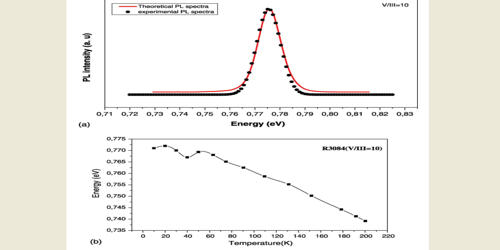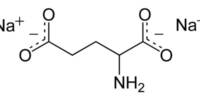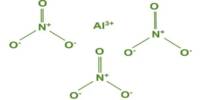Blackplate is hot rolled or cold rolled, non-descaled sheet steel or sheet iron. It is a sheet steel or sheet iron that has not yet been made into a tin plate by being coated with tin or that is used uncoated where the protection afforded by tin is unnecessary (as in certain cans).
Manufacture and properties
Blackplate is made of non-tinned iron or steel and is annealed on open flames or in an annealing box. It is a rolled iron or steel as a raw material for tinplate making; a sheet of this. Its dark appearance is caused by its reaction with the surrounding air. Black steel is created through a mill process which involves rolling the steel at a high temperature (typically at a temperature over 1700° F), which is above the steel’s recrystallization temperature.
During warm rolling, blackplate can be manufactured to thicknesses of 1.5 mm or more. When steel is above the recrystallization temperature, it can be shaped and formed easily, and the steel can be made in much larger sizes.
Cold rolled blackplate, by contrast, can be made thinner – thicknesses of 0.4 to 1.5 mm being attainable – and produces better surface qualities. Black steel is typically cheaper than bright drawn steel due to the fact that it is often manufactured without any delays in the process, and therefore the reheating of the steel is not required.
Uses
Black plate, once used primarily as a base metal for tinplate, has recently come to find wider application. Black products like black steel bars are used in the welding and construction trades to make railroad tracks and I-beams, for example. Today it is not only used in tinplate and tin free steel, but also in cans, Jewellery boxes, lipstick shells and dry battery jackets, which are competitive with tinplate and tin free steel counterparts, as well as in cold rolled coils for such diverse applications as building materials and automotive parts. Black steel is used in situations where precise shapes and tolerances are not required.
















